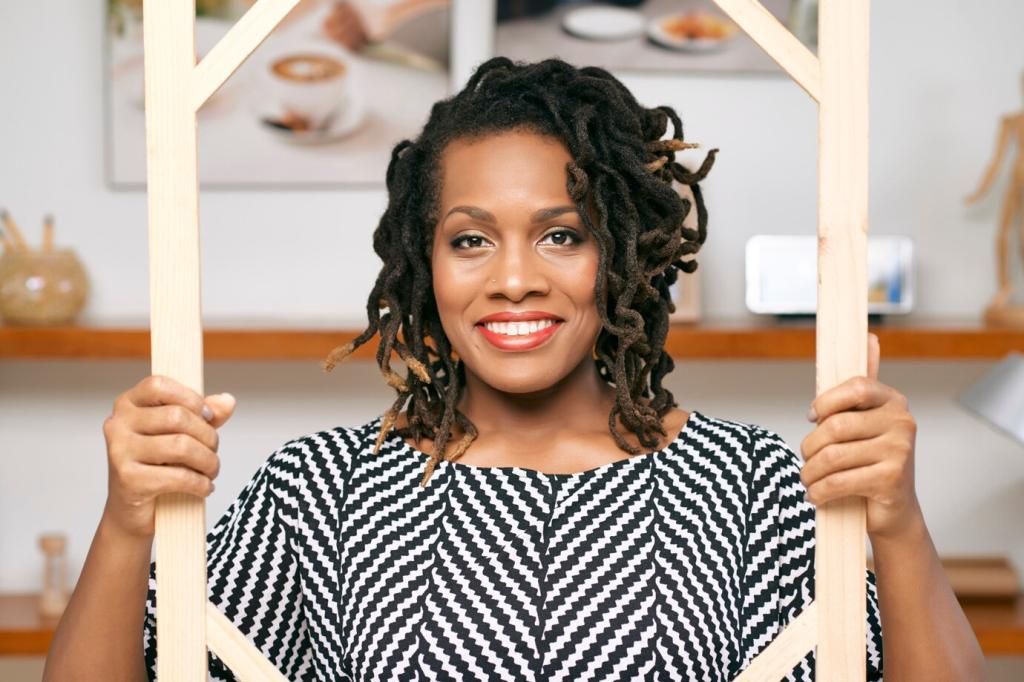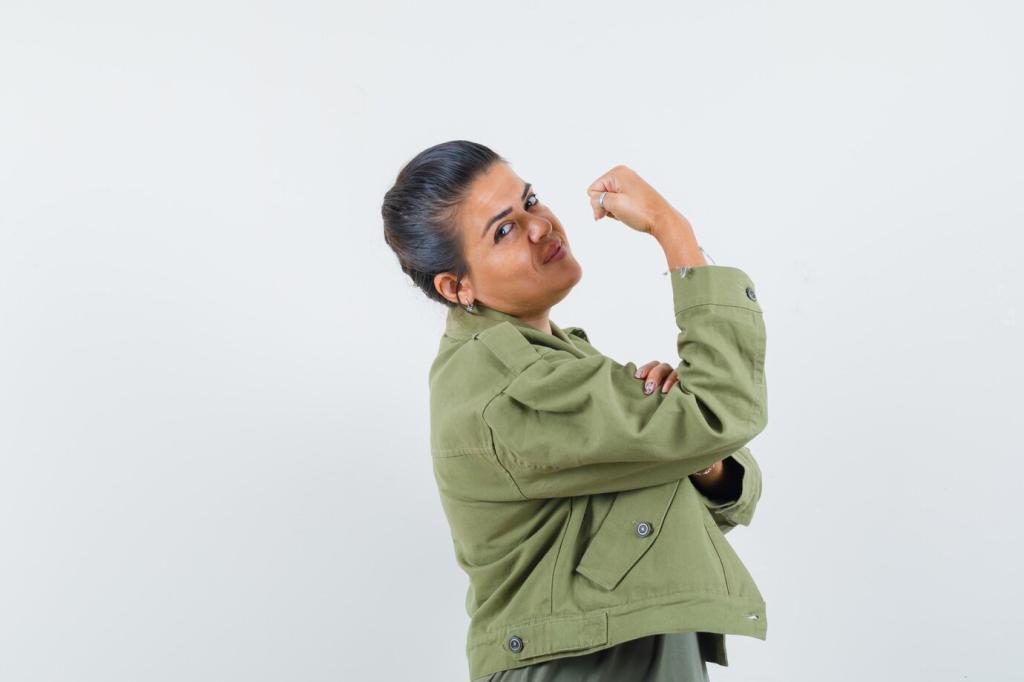Eye Contact that Builds Trust
Hold eye contact with one person for the duration of a single thought, then shift to another. This prevents darting eyes and fosters intimacy without intimidation. Aim for balanced coverage across the room, including the far corners. Audience members feel seen, not scanned, and your pacing improves.
Eye Contact that Builds Trust
In some settings, sustained eye contact can feel confrontational. Adjust duration, soften your gaze, and pair with warm gestures. When uncertain, prioritize gentle, frequent glances over intense stares. Ask organizers about local norms beforehand, and share your adjustments in a post-event reflection to keep improving.













